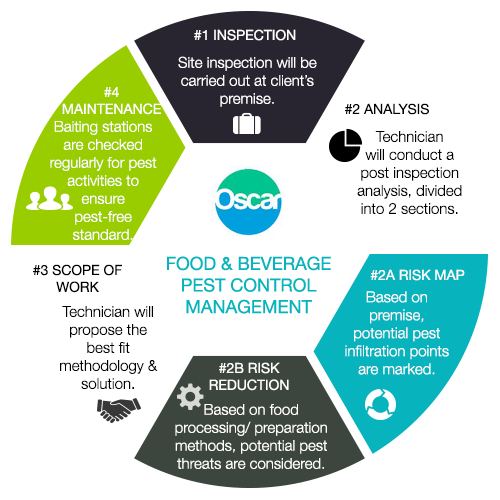Acquiring Knowledge On How Rats Act Is Essential For Effectively Managing Bug Problems. Experts Supply Beneficial Understandings On This Issue
Acquiring Knowledge On How Rats Act Is Essential For Effectively Managing Bug Problems. Experts Supply Beneficial Understandings On This Issue
Blog Article
Post Writer-Gravgaard Brun
Envision being able to prepare for the relocations of your challengers in a video game of chess, constantly staying one action ahead.
In the world of insect control, recognizing rodent habits resembles having that calculated benefit. By acquiring specialist insights right into the nesting behaviors, feeding patterns, and interaction and social actions of rats, you can efficiently combat these pesky creatures.
However exactly how specifically do rats act, and why is it vital to understand? In this discussion, we will certainly decipher the enigmas of rodent habits, offering you with beneficial understanding that will certainly assist you remain in advance in the battle versus pests.
Are you prepared to discover the tricks of these cunning creatures?
Nesting Habits
To understand rodent habits and successfully control bugs, it is essential to get insight into their nesting behaviors.
Rats, such as computer mice and rats, have a natural instinct to find shelter and develop nests where they really feel risk-free and protected. These nests work as their homes, breeding premises, and storage space areas for food. Recognizing their nesting practices can aid you identify potential areas of invasion and execute targeted control steps.
Rats commonly choose nesting in dark, secluded rooms, such as attics, cellars, crawl spaces, and wall voids. They use materials like shredded paper, textile, insulation, and even chewed-up electrical wires to construct their nests.
Feeding Patterns
Rats display distinctive feeding patterns that play an important function in their actions and can inform reliable bug control methods. Comprehending these patterns is necessary for applying successful insect control measures.
Rats are opportunistic feeders, meaning they'll take in whatever food is readily offered. They prefer high-calorie foods such as grains, nuts, and seeds. pest extermination service is why proper storage space of food and waste management are critical in preventing rodent infestations.
In addition, rats are nighttime, which indicates they're most energetic throughout the evening when they look for food. By knowing their feeding patterns, you can strategically put catches and lures to optimize their effectiveness.
Keeping food sources unattainable and maintaining a clean setting can assist hinder rodents and minimize the threat of problem.
Communication and Social Behavior
Comprehending exactly how rodents connect and interact socially is crucial for effective parasite control techniques. Rats, like computer mice and rats, have complex interaction systems that they make use of to convey info to every various other and collaborate their tasks. Right here are three key elements of rodent interaction and social behavior:
1. Vocalizations: Rats generate a large range of singing audios, consisting of squeaks, chirps, and babbling, to communicate with each other. These vocalizations can share numerous messages, such as threat warnings or mating phone calls.
2. Scent marking: Rats use scent glands to leave chemical signals on things and in their environment. These scent marks work as territorial boundaries and interact info concerning reproductive standing, prominence, and social affiliation.
3. mosquito treatment : Rodents have an ordered social structure, with dominant people having access to sources and liked nesting websites. Understanding this hierarchy is important for targeting parasite control initiatives and identifying vital individuals for elimination.
supplemental resources , there you have it - a short peek into the remarkable globe of rodent actions. By recognizing their nesting routines, feeding patterns, and interaction, we can much better deal with the concern of parasite control.
Did you understand that a female computer mouse can produce as much as 10 trashes annually, with each trash consisting of around 5-6 puppies? This amazing statistic highlights the relevance of punctual and efficient insect administration to prevent rodent populaces from spiraling out of control.
